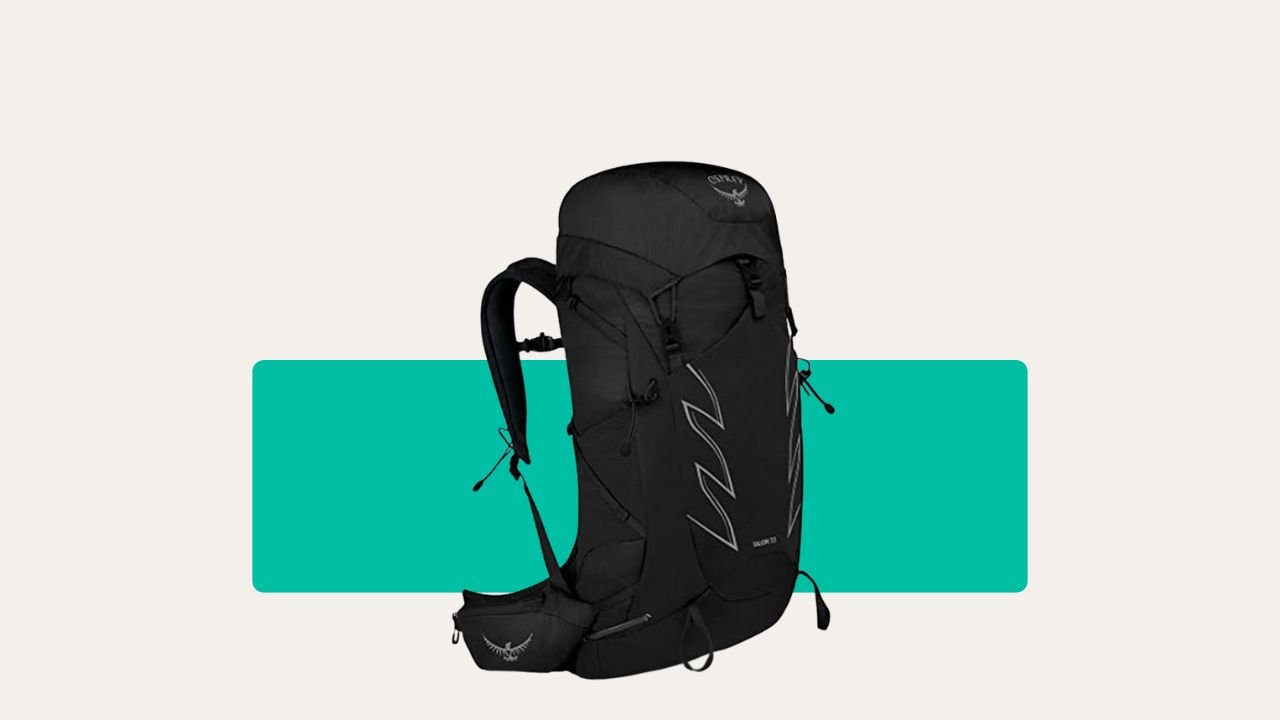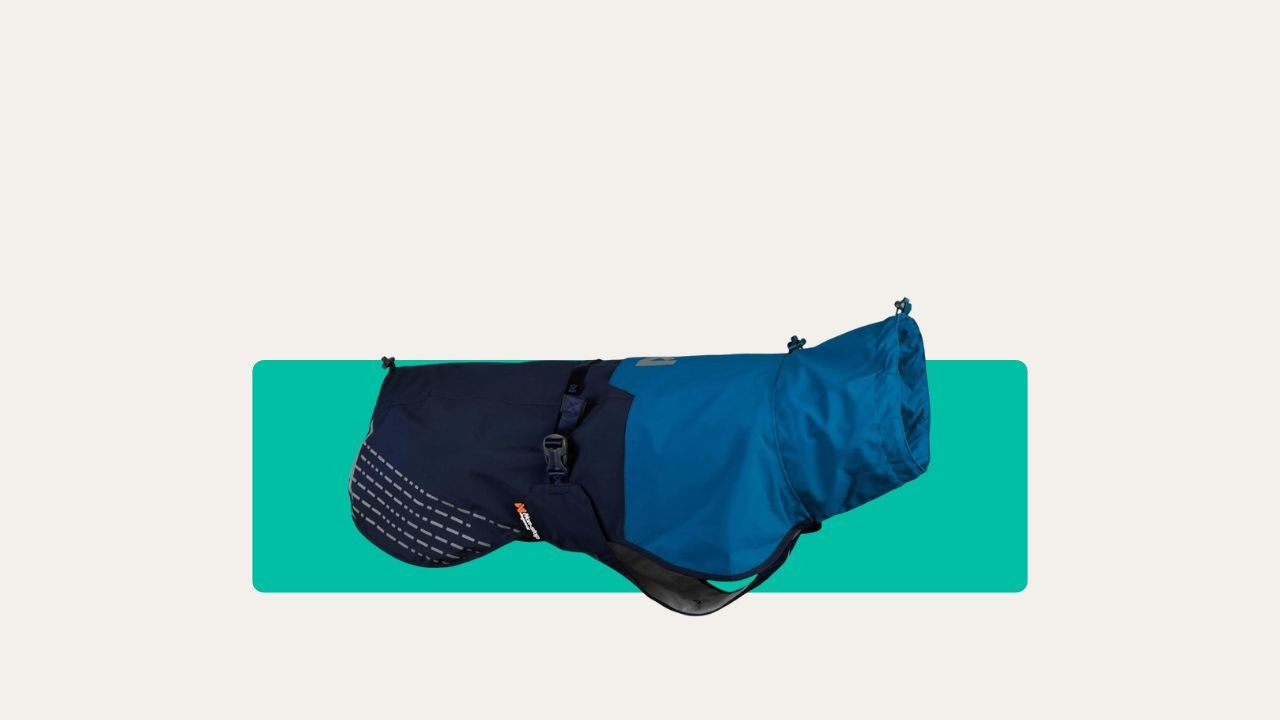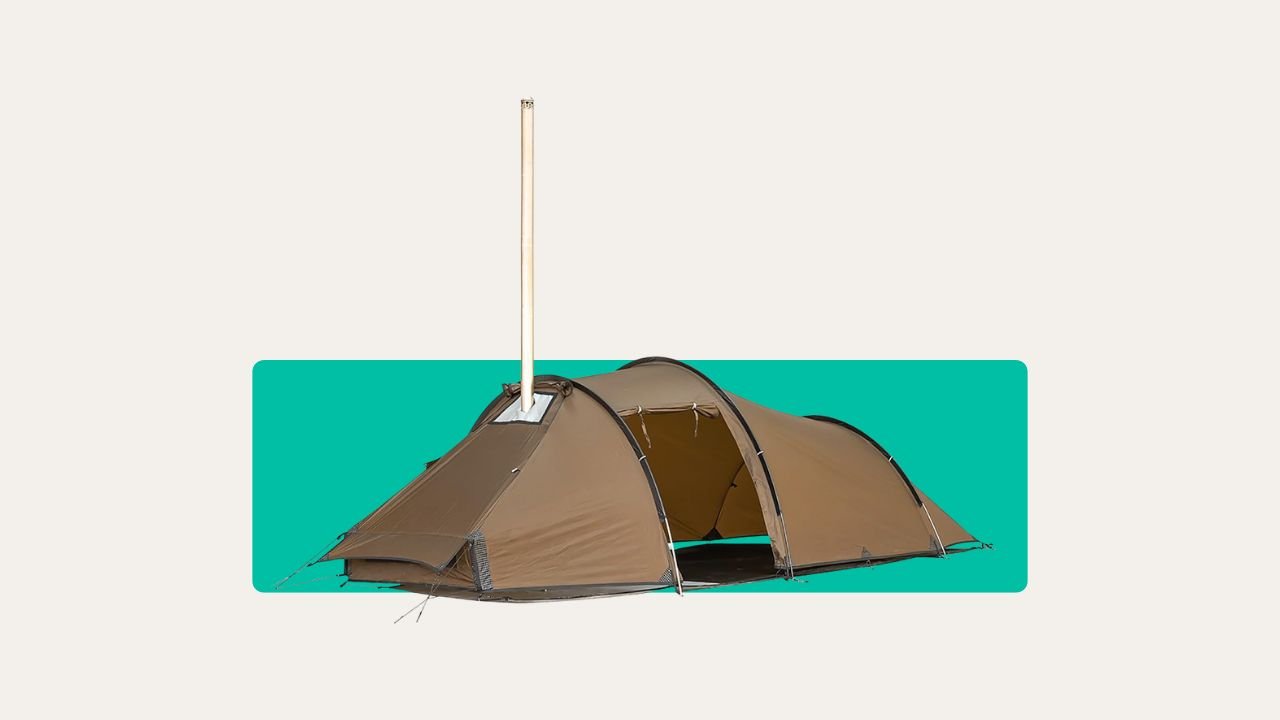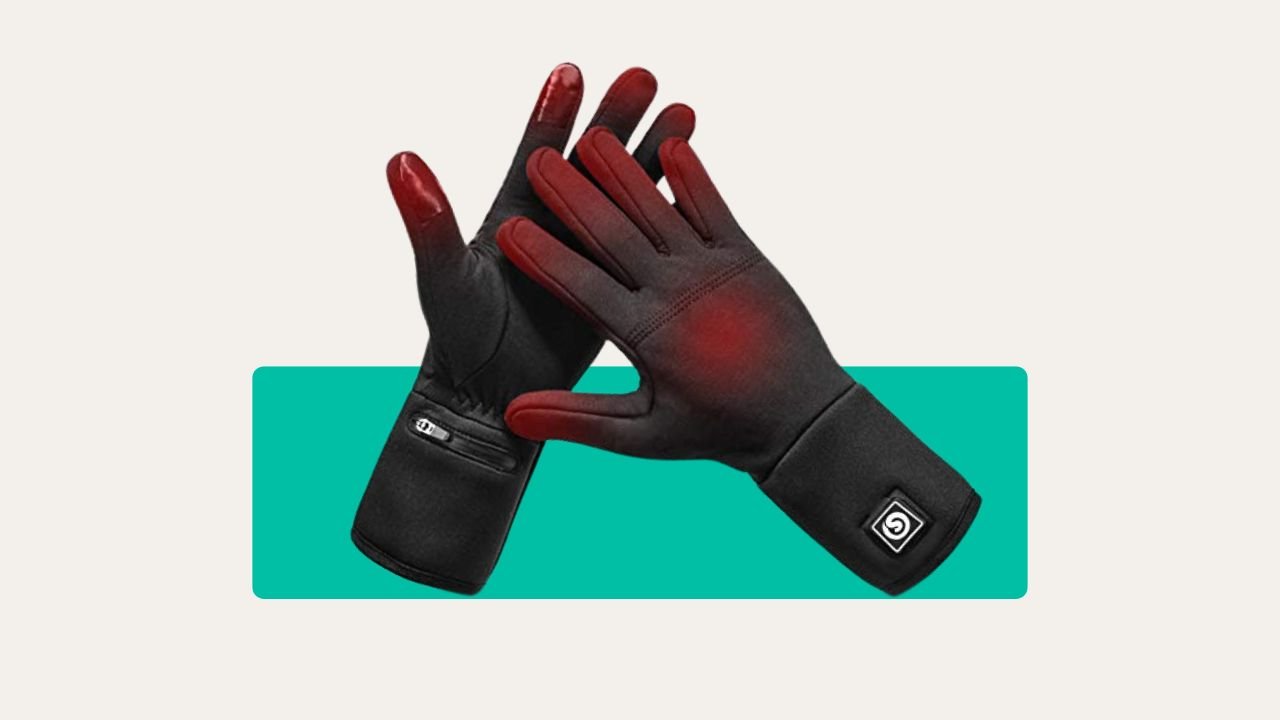Most people think electric scooters are just for smooth pavements and sunny city rides. But the Riley RS1 changes that story. I’ve taken it across bumpy campsite paths, through British drizzle, and even used it to nip into town with a rucksack full of kit.
It’s not perfect, but it’s tougher than it looks – and way more useful than you'd expect for everyday camping or short outdoor trips. Here’s what I found after giving it a proper runaround.
Who’s the Riley RS1 Actually For?
Let’s be honest. Not everyone needs – or should buy – an electric scooter. But if you’re camping, commuting, or want something lighter than lugging a heavy hybrid bike off your campervan, the Riley RS1 is a strong option. It’s designed for short commutes, campsite errands, coffee runs, or spins around town. You don’t need tech skills or Olympic legs. If you can ride a bike, you can handle this.
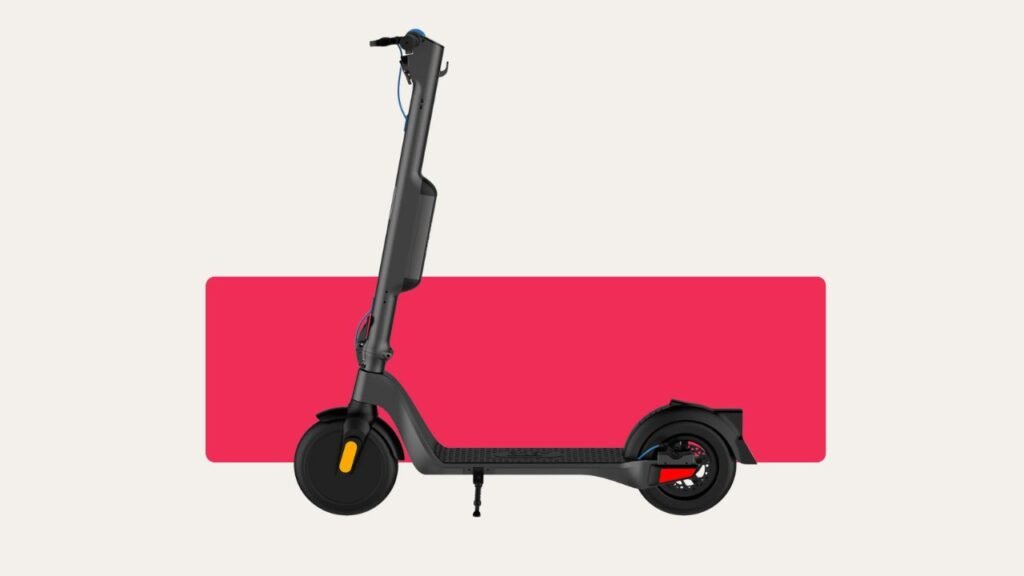
It promises an easy, weatherproof ride, hassle-free battery swaps, and sensible speed. For me, that meant no more searching for a car park every time I fancied exploring a new market town.
The Riley RS1: Look and Design
You can spot a dodgy e-scooter by how it bends when you grab the handlebars or how plasticky the deck feels. The RS1’s frame is all aluminium alloy, and it actually feels tough in the hand – no cheap wobbles. I hauled it in and out of a car boot for days. No rattles. No drama.
Foldability’s a big deal on campsites, on trains, and for storage under the caravan awning. The stem folds quickly, latches securely to the back mudguard, and at 13kg, you can carry it one-handed, provided your arms aren’t made of cheese. It slides under a sleeping platform, behind a tent, or into a small car boot with room to spare for muddy boots.
Wheels and Tyres Put to the Test
Most e-scooters cut corners with tiny, solid tyres that bounce you around on every pothole. Not this one. The RS1 comes with decent 10-inch pneumatic (air-filled) wheels, plus a proper front shock absorber. So what? Well, rubber like this actually grips pavement, tow paths, and even gravel farm tracks.
On a drizzly Northumberland weekend, the tyres didn’t slip once over wet leaves or gravel parking. No more white-knuckle moments like my first ride on a thinner-wheeled Xiaomi, where I nearly came off crossing cobbles. These tyres shrug off stones and keep rolling where others get stuck.
And here’s a tip: tubeless tyres mean fewer flat tyres and less fiddly repair work. Trust me, you do not want to change an inner tube under a storm lantern at midnight.
Riley RS1 Braking System
Braking isn’t glamorous, but it could save your backside. The RS1 gives you three brake choices: rear disc, front electronic (E-ABS for the techy), and a back fender stomp brake. The disc is cable-operated – think old-school mountain bike, but built solidly.
I found the rear disc plenty strong, even heading downhill, loaded with shopping. The electronic brake adds a gentle drag and recharges the battery a little. Kick the fender if you’re panicking or showing off. No sudden throw-you-over-the-bars moments, just a steady, confident stop. For newbies, this safety net matters more than top speed.
Electric Power: Ride and Everyday Use
The 350W motor sits in the front wheel, kicking out up to 700W at full whack. Real talk: that’s enough power for British towns and most campsite slopes, even with a heavy rucksack. Top speed is 25km/h (about 15.5mph) – right on the legal cut-off. No, it won’t win drag races, but it’s quicker off the mark than most bikes at traffic lights.
You get three riding modes. ‘Pedestrian’ is perfect for winding through busy paths or campsites with kids darting about. ‘Normal’ suits everyday rides, while ‘Sports’ is what you want for open stretches with no foot traffic. I used ‘Pedestrian’ every time rain made the path dodgy.
Acceleration’s quick, but not jerky. I once tried a friend’s bargain scooter that nearly shot me backwards into a hedge; this one’s much more predictable.
Battery Life and Charging Routine
Here’s where the RS1 pulls ahead. The Panasonic battery is fully removable – just unclip it from the stem. You can carry a spare, charge it at a pub, cafe or in your tent. You don’t need to drag the whole scooter inside on a muddy day.
Officially, you’ll get 25km (15 miles) per charge. I never quite hit that, but came close, averaging 20-22km with a full camping rucksack on my back. Three hours takes you from flat to full. Need more range? Grab a spare battery for longer days out. Trust me, you’ll appreciate being able to swap a battery rather than nervously watching the bar drop to red halfway home.
Comfort and Handling Out on the Road
The handlebars are at a sensible height – even at 6’2”, I didn’t feel hunched or awkward. The throttle is a simple blue twist, and switching modes is effortless, even with gloves on. The steering’s light but not twitchy – a big win for dodging bins, puddles, or evading the odd squirrel on a morning ride.
Suspension’s only up front, but the chunky tyres pick up the slack. You feel the lumps and bumps, sure, but nothing like the bone-shakers some scooters serve up. I had my post-hike legs on one wet evening and still rode a mile downhill to the fish and chip shop without my teeth rattling.
Max load claims 150kg. I tested it loaded with gear, and it never felt bogged down. Great if you’re carrying shopping, or, let’s be honest, a crate of cider back from the campsite shop.
Lights and Display
Here’s where the RS1 outshines many rivals. The LED headlight sits under the bars, well shielded and bright for town use. You’ll be seen by cars and dog walkers on dim mornings. The rear LED tucked into the mudguard does its job. On foggy Devon lanes, I never got so much as a “Oi, watch it!” from passing traffic.
The display reads speed, battery bar, and your mode. Big enough to check at a glance (even with muddy specs). In the dark, everything’s visible but not glaring – a smart touch for night returns to the tent.
Riley RS1: Water Protection
If you’ve ever tried drying out a soaked bike in a leaky awning overnight, you know rain protection matters. The RS1 claims IPX4 water resistance. Splashes, puddles, and drizzle? No problem. I rode through muddy puddles and hours of sideways rain. No electrical faults, no slipping buttons.
Would I cross a river on it? No. Submerge it or leave it outside in a gale and you might be calling customer service. Lesson learned: store it under shelter if a real storm’s coming. Dry your contacts and check for grit if things get truly wild.
Everyday Use – Real Life, Not Instagram
Let’s get real. Most scooter reviews forget what it’s like after the first month. The RS1’s folding design means it’s dead easy to stash, or bring into a tent vestibule at night. Lifting it isn’t hard unless you’ve packed it with mud. At 13kg, even my teenager can handle it up three steps to the caravan.
Carrying shopping, slinging it onto a train, or pushing it up a muddy hill won’t break you. If you’re used to bikes, this feels like switching from a rucksack to a wheeled suitcase. Just smoother, and less likely to tangle in guy lines.
Stand out tip: wipe down the wheels before bringing it into your awning or car. Mud and damp can sneak in, and you’ll regret it when your tent smells like a rugby pitch.
Size, Weight, and Portability
Folded, the RS1 measures 113 x 42 x 48 cm (roughly as long as a duffel bag, but thinner). Unfolded, the stem pops up to proper height, so even tall campers won’t look daft. At 13kg, it’s light for a full-size electric scooter – easy enough to lift with one arm, but probably not what you want on a strenuous hike.
Shorter campers or teens will manage fine. If you struggle lugging a full coolbox, you might want help on stairs. No sharp edges or pokey bits to snag guy lines or tear tent ground sheets.
Competitors: How Does the RS1 Stack Up?
I’ve tried the Segway G30 Max and the Xiaomi Pro 2. The Segway’s heavier (23kg!) and pricier, though it does go further if “epic range” is your goal. The Xiaomi feels flimsier and less safe on rubbish UK paths – plus, its batteries aren’t as easy to swap.
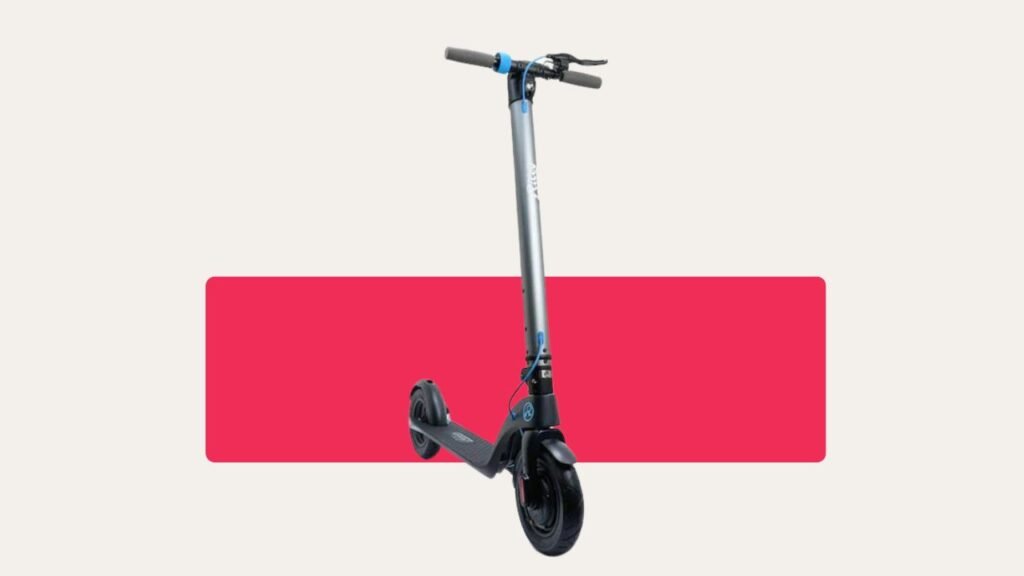
For the price (usually £399), the RS1 lands between those two: better quality than Xiaomi, lighter than Segway, and with the only readily swappable battery in this league. On UK campsites and market towns, you’re unlikely to need more. Try carrying a Segway up Barmouth’s steps in the rain – you’ll wish you bought the RS1.
Final Thoughts – Who Should Buy the RS1?
If you want a reliable, weather-resistant, genuinely portable electric scooter for campsites, shopping, or short commutes, the Riley RS1 is the best I’ve tested. It’s not the fastest or longest-range, but it covers all practical needs with no drama, and the swappable battery is a total game changer.
Is it perfect? Nothing on wheels ever is. But I’ve yet to meet a scooter that’s closer to the dream of easy, British-style, adventurous transport.
As always, get the right kit, look after it, and use your head. It’ll return the favour for years – rain, mud, and the odd forgotten tent peg included.

